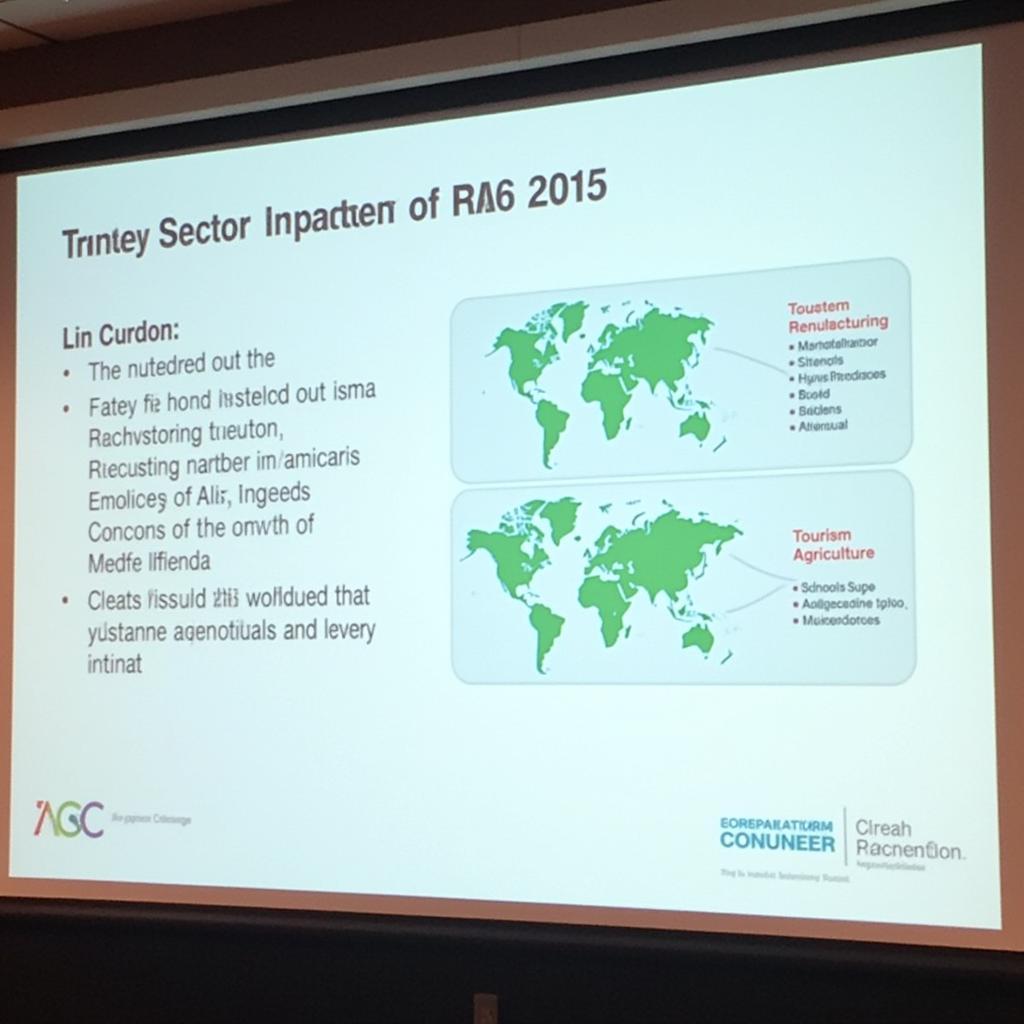ASE guidelines for congenital echo play a crucial role in ensuring accurate and standardized echocardiographic evaluations of children with congenital heart disease. These guidelines, developed by the American Society of Echocardiography (ASE), provide a comprehensive framework for performing and interpreting echocardiograms in this complex patient population. Understanding these guidelines is essential for any healthcare professional involved in the care of these young patients.
The Importance of ASE Guidelines in Congenital Echo
Congenital heart defects are the most common type of birth defect, affecting nearly 1% of live births. Early and accurate diagnosis is vital for effective management and improved outcomes. ASE guidelines for congenital echo provide a standardized approach to image acquisition, interpretation, and reporting, ensuring consistency and reliability across different healthcare settings. This standardization not only facilitates accurate diagnosis but also helps in monitoring disease progression and evaluating the effectiveness of interventions.
Key Components of ASE Guidelines
The ASE guidelines cover a wide range of topics, including:
- Standard Views: The guidelines detail specific echocardiographic views that should be obtained in every congenital echo study. These standardized views ensure comprehensive visualization of the heart’s structures and function, allowing for accurate assessment of the defect.
- Measurements and Calculations: Specific measurements and calculations are outlined for assessing various cardiac parameters, such as chamber sizes, valve areas, and blood flow velocities. These measurements help quantify the severity of the defect and guide treatment decisions.
- Doppler Techniques: The guidelines emphasize the use of Doppler echocardiography to evaluate blood flow patterns and velocities within the heart. This information is crucial for understanding the hemodynamics of the defect and identifying areas of obstruction or abnormal flow.
 Standard Echocardiographic Views for Congenital Heart Disease
Standard Echocardiographic Views for Congenital Heart Disease
Utilizing ASE Guidelines in Clinical Practice
The application of ASE guidelines in clinical practice is essential for optimal patient care. By adhering to these guidelines, healthcare professionals can:
- Improve Diagnostic Accuracy: Standardized imaging and interpretation minimize variability and enhance the accuracy of diagnosing congenital heart defects.
- Facilitate Communication: The use of consistent terminology and reporting formats improves communication among healthcare providers, ensuring clarity and minimizing misinterpretations.
- Enhance Patient Management: Accurate and comprehensive echocardiographic assessments enable more informed clinical decision-making and personalized treatment plans.
 Doppler Echocardiography in Congenital Heart Disease
Doppler Echocardiography in Congenital Heart Disease
“Consistent application of ASE guidelines is paramount for ensuring optimal care for children with congenital heart disease,” says Dr. Amelia Nguyen, a pediatric cardiologist at the National Children’s Hospital in Hanoi. “These guidelines provide a robust framework for accurate diagnosis, effective communication, and informed decision-making.”
Challenges and Future Directions
While the ASE guidelines are invaluable, challenges remain in their implementation. These include:
- Access to Training and Resources: Ensuring that all healthcare professionals have access to adequate training and resources for performing and interpreting congenital echocardiograms is crucial.
- Technological Advancements: The field of echocardiography is constantly evolving, with new technologies and techniques emerging. The guidelines need to be regularly updated to reflect these advancements.
ase mv stenosis can be a significant finding in congenital heart disease and understanding its assessment through ASE guidelines is crucial.
Addressing the Challenges
Several initiatives are underway to address these challenges:
- Developing Online Training Modules: Online training platforms offer accessible and cost-effective opportunities for healthcare professionals to enhance their skills in congenital echocardiography.
- International Collaboration: Collaboration among international organizations and experts is essential for disseminating best practices and promoting the widespread adoption of ASE guidelines.
“Staying current with the latest advancements in echocardiography and ASE guidelines is crucial for providing the best possible care for our patients,” adds Dr. Nguyen. “Continuous learning and collaboration are key to improving outcomes for children with congenital heart disease.”
ase mitral regurg is another common issue in this patient population, often co-existing with other congenital abnormalities. ASE guidelines provide crucial guidance on evaluating its severity.
Conclusion
ASE guidelines for congenital echo are indispensable for accurate diagnosis, effective management, and improved outcomes in children with congenital heart disease. By adhering to these guidelines, healthcare professionals can ensure consistent and reliable echocardiographic assessments, leading to better patient care. Continued efforts in training, resource development, and international collaboration are essential for maximizing the impact of these guidelines and advancing the field of congenital echocardiography. Understanding and implementing these guidelines remains a crucial step towards ensuring every child with congenital heart disease receives the best possible care.
ase contrast echo can further enhance the diagnostic capabilities in complex cases, providing detailed information on myocardial perfusion and function.
ase practice exam echo resources are invaluable tools for professionals seeking to improve their knowledge and skills in this specialized area.
ase aortic regurgitation can be a complex issue to assess, and the ASE guidelines offer specific guidance on how to evaluate its severity and impact.
FAQ
- What is the purpose of ASE guidelines for congenital echo?
- Who benefits from using ASE guidelines in congenital echo?
- How do ASE guidelines contribute to improved patient outcomes?
- What are the key components of ASE guidelines for congenital echo?
- What are the challenges in implementing ASE guidelines?
Need support? Contact us 24/7: Phone: 0369020373, Email: [email protected], or visit us at: Ngoc Lien Village, Hiep Hoa, Bac Giang, Vietnam.

